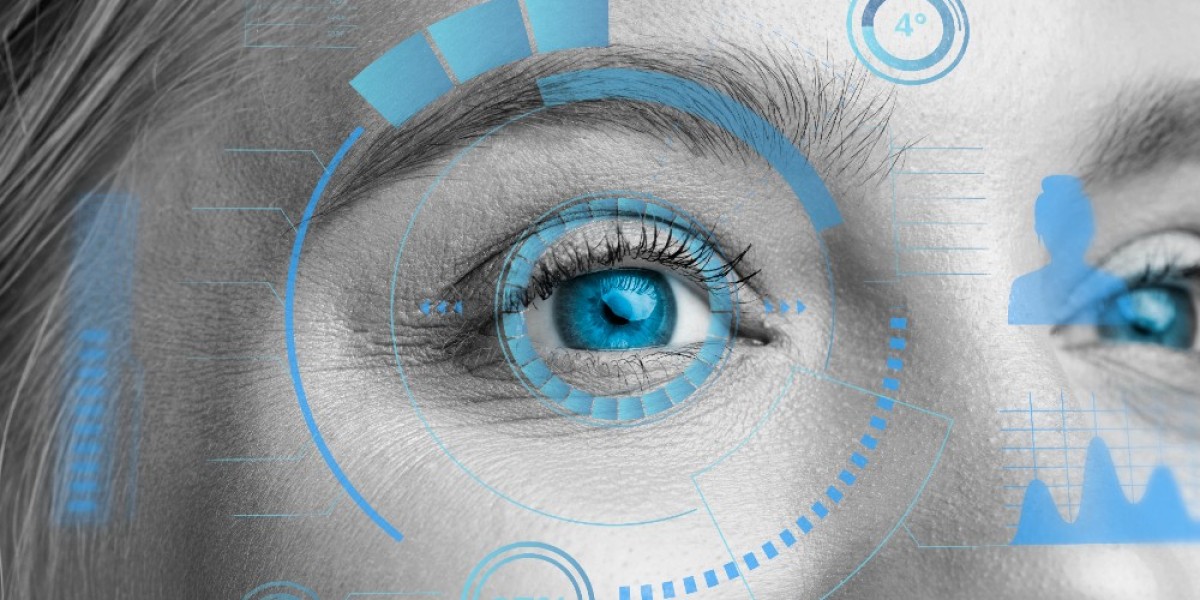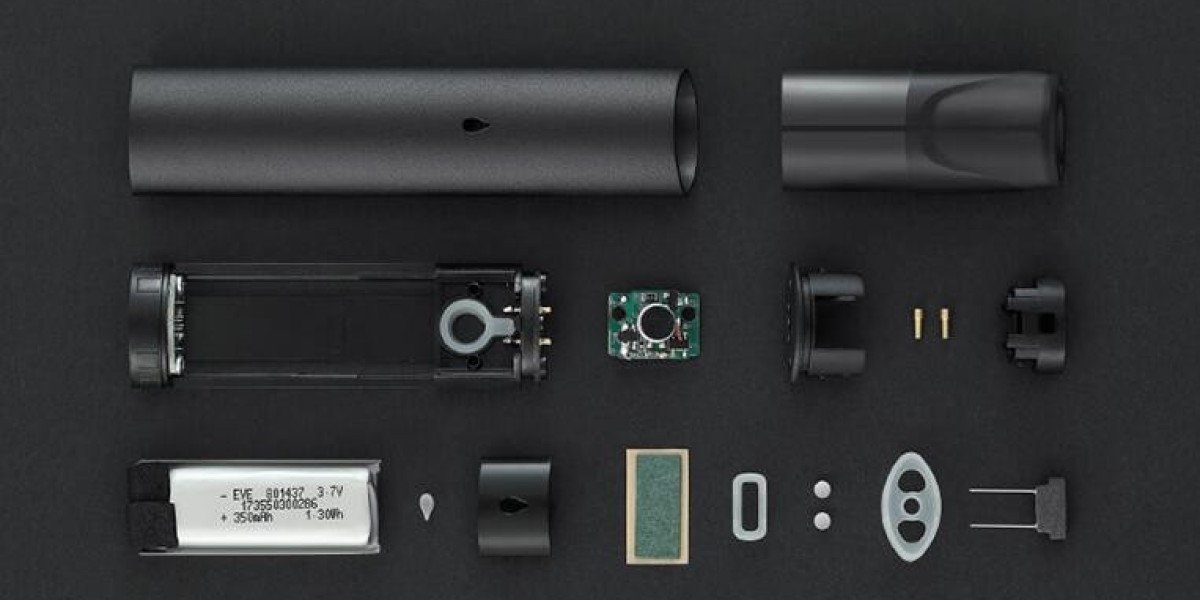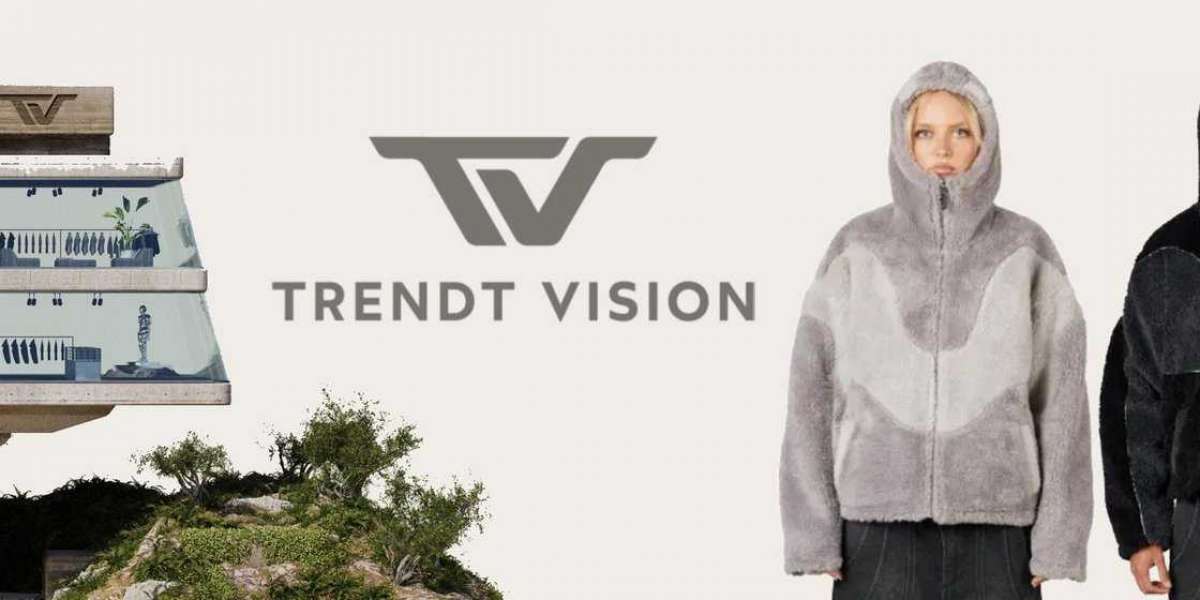The retail landscape is evolving at an extraordinary pace. With technology reshaping how we shop, consumers are presented with new experiences that blend convenience and innovation. Among the standout technologies driving this transformation is computer vision. This cutting-edge technology is not just a buzzword; it’s revolutionizing the way retailers interact with customers.
Imagine walking into a store where your preferences are recognized instantly or checkout lines become a thing of the past. Computer vision makes these scenarios possible by enabling machines to interpret and understand visual information from the world around us. As retailers seek to enhance customer satisfaction and streamline operations, computer vision emerges as a powerful tool in their toolkit.
Let’s explore what computer vision really means for retail and discover how it could redefine shopping experiences in ways we’ve only begun to imagine.
The Rise of Retail Technology
Retail technology is undergoing a significant transformation, fueled by advancements in digital solutions. Traditional shopping methods are being replaced with innovative approaches that cater to the modern consumer's needs.
From e-commerce platforms to mobile payment systems, technology has created more seamless shopping experiences. Customers expect convenience at their fingertips and retailers are responding accordingly.
Emerging technologies like augmented reality (AR) and artificial intelligence (AI) have taken center stage. These tools enhance product discovery and personal recommendations, further bridging the gap between physical stores and online marketplaces.
The integration of data analytics allows businesses to understand customer behavior better than ever before. This insight drives smarter marketing strategies and inventory management, ensuring that products meet demand efficiently.
With these developments continually reshaping retail dynamics, it’s clear that embracing technology is no longer optional—it's essential for survival in an increasingly competitive landscape.
What is Computer Vision?
Computer vision is a branch of artificial intelligence that enables machines to interpret and understand visual information. It mimics the way humans see and process images, allowing computers to analyze content in photographs or videos.
By employing algorithms, computer vision can identify objects, recognize patterns, and track movements. This technology uses deep learning models trained on vast datasets to improve its accuracy over time.
In retail settings, computer vision development services play a pivotal role. It helps businesses monitor customer behavior, manage inventory efficiently, and enhance security measures.
The potential applications are expansive—from automated checkout systems that streamline purchases to personalized marketing strategies based on shopper interactions with products. With ongoing advancements in this field, computer vision continues to transform how retailers connect with their customers.
How Does Computer Vision Enhance Retail Experiences?
Computer vision transforms the retail landscape by delivering personalized shopping experiences. Retailers can analyze customer behavior through video feeds and in-store cameras. This data helps them understand which products attract attention and which areas of the store need improvement.
Smart shelves equipped with computer vision technology track inventory levels in real time. They automatically alert staff when stock is low, ensuring popular items are always available for customers.
Virtual fitting rooms powered by augmented reality allow shoppers to visualize how clothing fits without trying it on. This innovation not only saves time but also reduces return rates.
Additionally, checkout processes become seamless with automated systems that recognize selected items as they enter a cart. Customers enjoy faster transactions while retailers boost efficiency.
Through these advancements, computer vision enhances engagement, streamlines operations, and ultimately enriches the overall retail experience for consumers.
The Future of Computer Vision in Retail
The future of computer vision in retail is bright and full of possibilities. As technology evolves, retailers will harness advanced algorithms to analyze customer behavior with precision.
Imagine stores equipped with smart cameras that track foot traffic patterns. This data can optimize store layouts, leading to a more engaging shopping experience.
Augmented reality (AR) could revolutionize how customers interact with products. Shoppers might use their smartphones to visualize items in real-time before making purchases.
Personalization will reach new heights as computer vision recognizes returning customers and tailors recommendations based on previous interactions.
With advancements in machine learning services, these systems will become even smarter, refining their insights over time. Retailers who adopt this technology early stand to gain significant advantages against competitors.
As the landscape shifts, ethical considerations around privacy must also be addressed carefully by all stakeholders involved.
Potential Challenges and Limitations
While the benefits of computer vision in retail are significant, challenges exist. One major hurdle is data privacy. Customers may feel uneasy about being constantly monitored. Striking a balance between innovation and user comfort is crucial.
Another issue lies in technology integration. Retailers often have existing systems that may not seamlessly connect with new computer vision solutions. This can lead to high implementation costs and longer setup times.
Moreover, accuracy remains a concern. Computer vision algorithms can misinterpret images, leading to errors in inventory management or customer interaction tracking.
Staff training cannot be overlooked. Employees must understand how to leverage this technology effectively, which requires time and resources that some retailers might lack right now.
Navigating these obstacles will be essential for retailers aiming to create enhanced experiences through computer vision.
Conclusion
The integration of computer vision into retail is transforming the way businesses operate and engage with customers. As technology continues to evolve, it promises even more innovative solutions that can reshape shopping experiences. Retailers are starting to harness these advancements not just for efficiency but also for creating personalized interactions.
However, the journey isn't without challenges. Issues like data privacy, implementation costs, and technology adoption can hinder progress. It’s vital for retailers to navigate these obstacles while staying attuned to customer needs.
Embracing computer vision offers a path toward modernizing retail spaces. This tech-driven approach allows businesses to enhance their offerings and create memorable shopping environments. With the right strategies in place, retailers stand poised to take full advantage of what this powerful technology has to offer. The future looks bright as we move forward into an era where smart retail becomes the norm rather than the exception.



